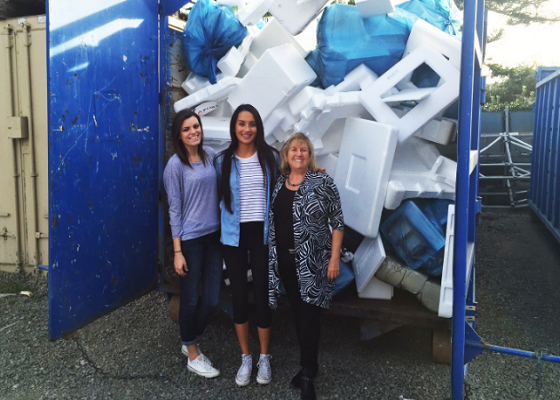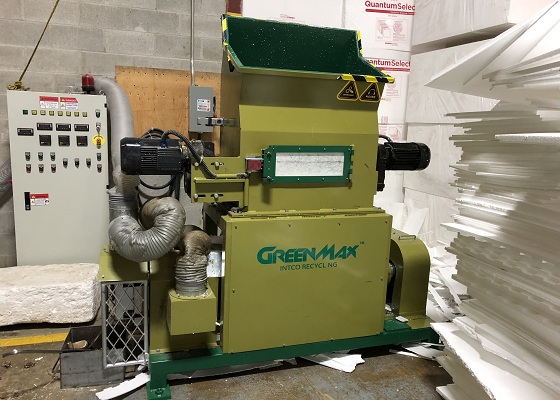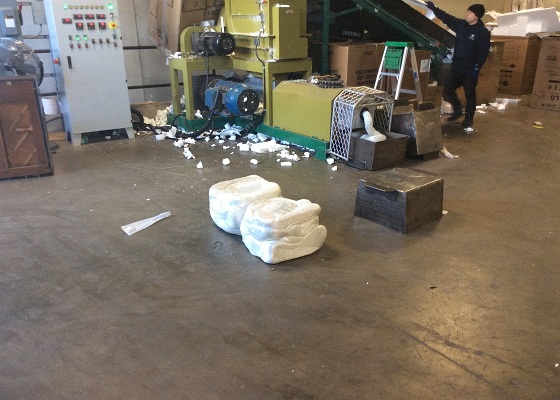Laboratory waste polystyrene recycling is inseparable from polystyrene densifier machine
Globally, at least 300 million tons of Styrofoam are produced each year. Although life science researchers only account for a small proportion of the population, polystyrene waste generated accounts for 3% of the total, the reason has to do with life scientist dependence on single-use polystyrene. Laboratory supplies such as polystyrene labels, and Petri dishes have become indispensable in biological research.

But as polystyrene pollution becomes ever more pervasive, researchers are begin looking for ways to recycle polystyrene. Many institution’s lab polystyrene can be recycled in principle, including polypropylene pipette tip boxes and even pipette tips, are recycled, provided they were only used for harmless reagents and water.
California has a reliable polystyrene foam recycling machine supplier GREENMAX, which has a type of polystyrene densifier with screw melting technology. The improved melting machine based on a polystyrene compactor has a simple operation and high compression ratio.

During the recycling process, the operators only need to throw the Styrofoam waste into the hopper, the loose foam waste will be broken into small pieces in the grinder, and then meted through the high temperature. The melted Styrofoam is finally squeezed into the mold at the outlet and shaped into blocks.
Using GREENMA polystyrene densifier machine, this helps the laboratory to reduce the storage space of plastic waste and save transportation processing costs.

And recycling also is an important economic income for university laboratories, because in Europe and the United States, if landfill or incineration of polystyrene, landfills will collect waste disposal costs, and recycled polystyrene can be resold, GREENMAX can be responsible for the repurchase.
